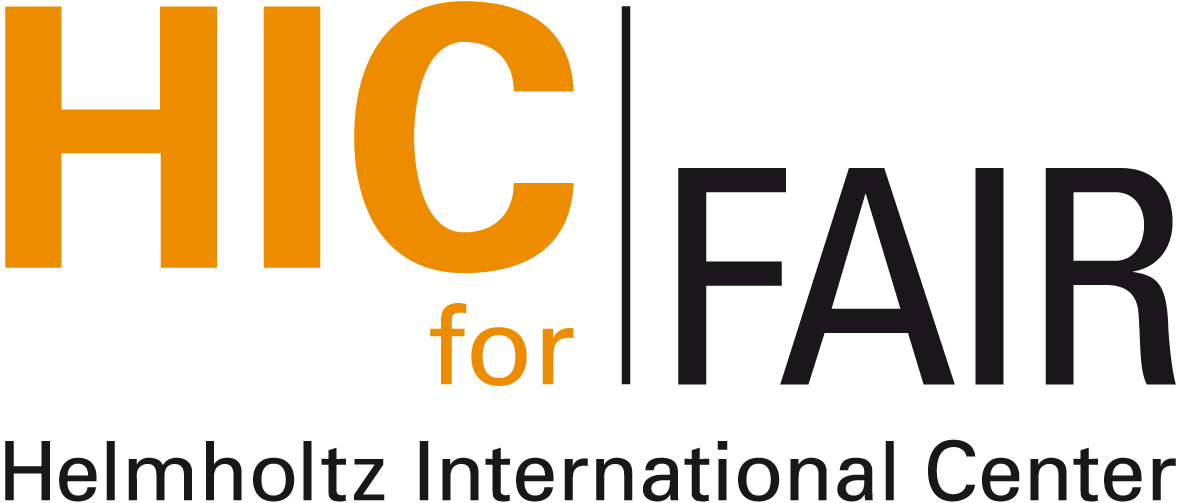Hard scattered partons are used to probe
the hot and dense QCD matter that is created in heavy-ion collisions. As
a parton passes through the QCD medium, induced energy loss from elastic
and radiative interactions leads to a modification of the parton shower;
this modification is used to deduce medium properties. Early
measurements of the nuclear modification factor at RHIC have already
provided evidence of parton energy loss in heavy-ion collisions, and in
more recent years LHC experiments have confirmed these findings and
greatly extended their kinematic range.
This talk will give a brief introduction to `hard probes' (covering
high-pt single particles and jets) and shows how systematic comparison
of models to experimental results can be used to extract transport
parameters of the QGP. Jet suppression and the modification of the jet
shape are used to further the understanding of the nature of parton
energy loss. New developments - theoretical and experimental - in
combining energy-loss measurements to the parton in-medium path-length
will be discussed, covering di-jet measurements (including di-jet
asymmetry with respect to the event plane) as well as jet $v_2$. These
observables are compared to results from the JEWEL Monte Carlo, and
raise the question of what the balance between per-jet energy loss
fluctuations and average energy-loss from medium geometry is.
 Nuclear
Physics Colloquium
Nuclear
Physics Colloquium Nuclear
Physics Colloquium
Nuclear
Physics Colloquium